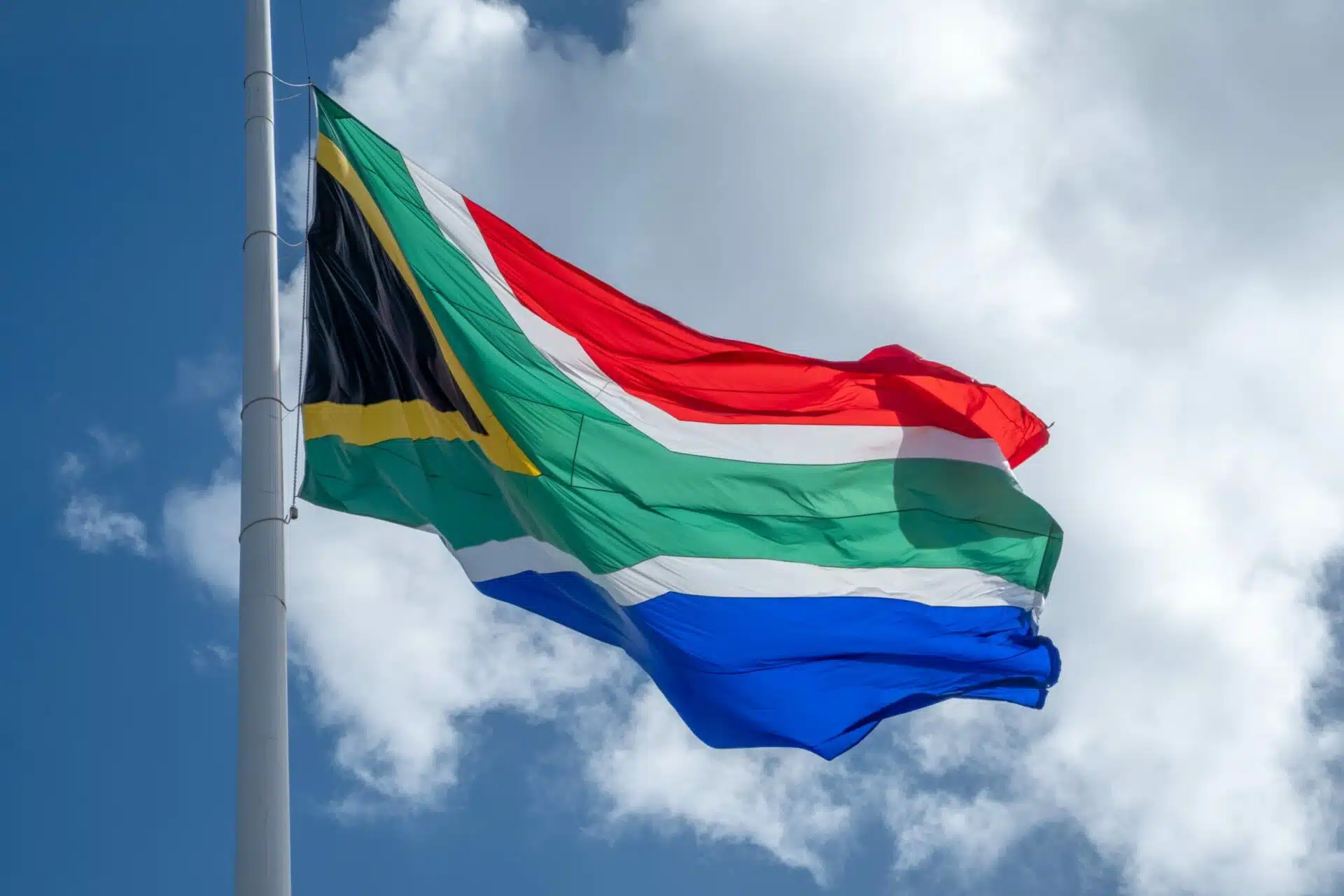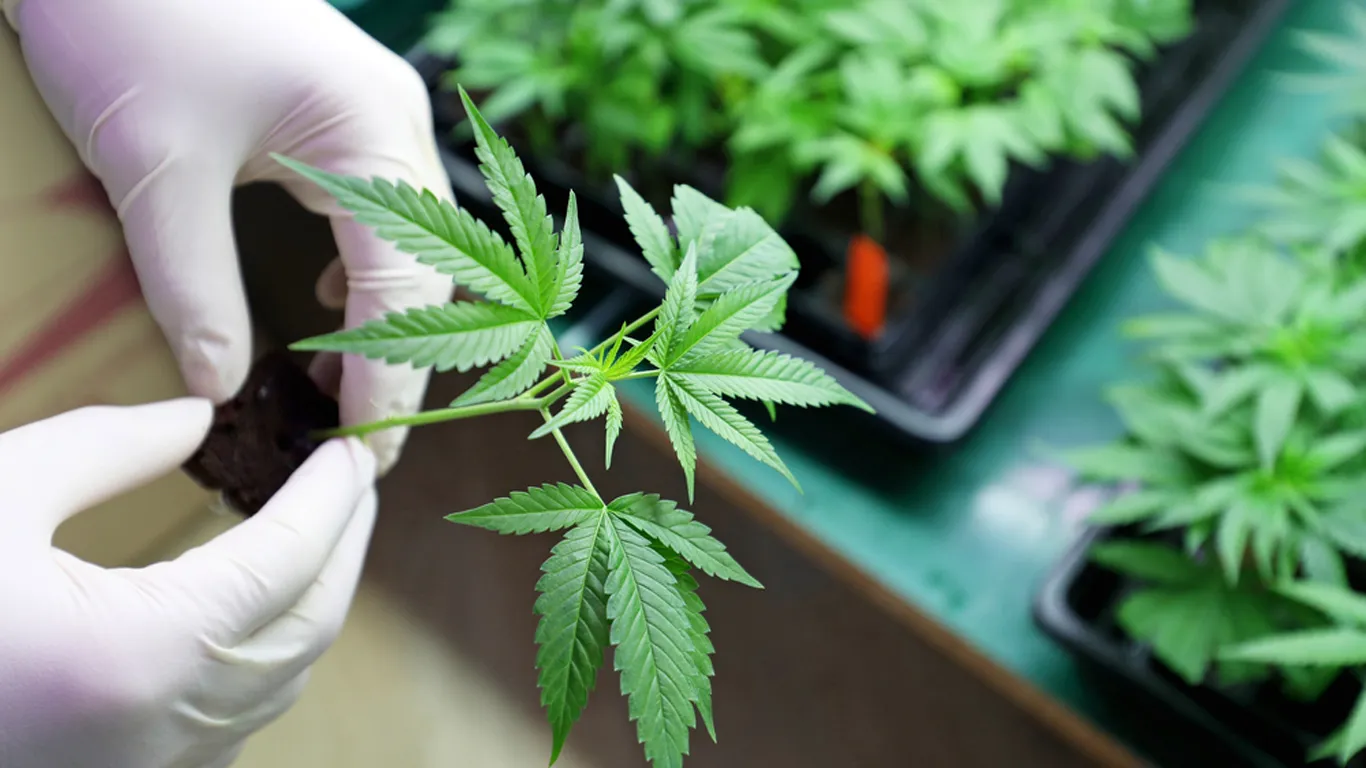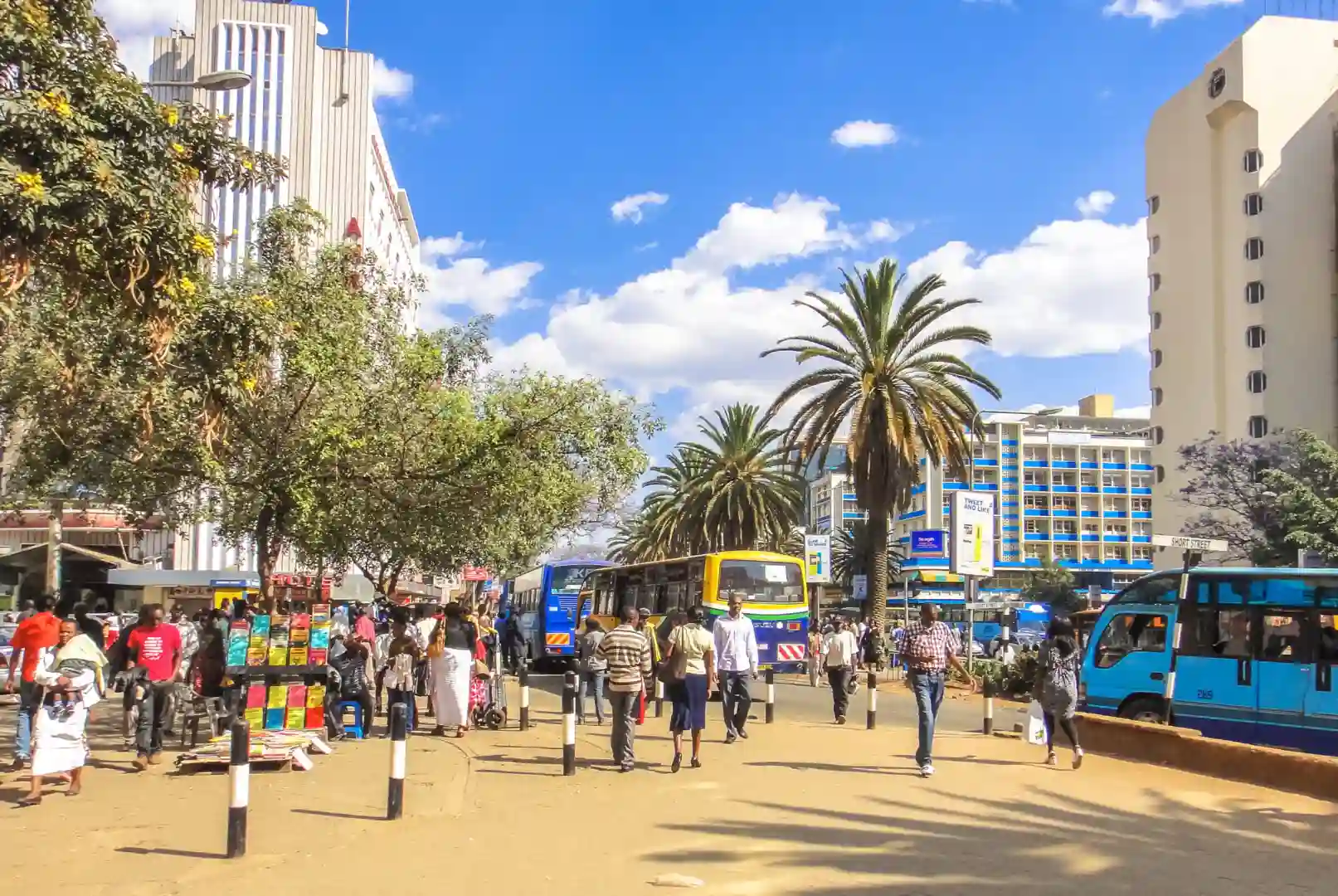The World Bank has revised its economic growth forecast for South Africa, increasing its 2025 GDP projection from 1.6% to 1.8%, citing improvements in energy supply and logistics infrastructure as key drivers. The latest South Africa Economic Update report, released on Tuesday, attributes these gains to structural reforms initiated by the government.
Additionally, the World Bank expects GDP growth to reach 2.0% by 2027, marking a 0.4 percentage point upward revision. However, while these improvements suggest a modest economic recovery, the institution warns that deep-rooted structural issues continue to pose significant challenges.
“Such a trajectory is based on continued political stability and sustained progress in providing power and freight transport services, building on the structural reforms currently implemented by the government in these two sectors,” the World Bank stated.
Energy and Logistics: Key Drivers of Growth
For years, South Africa’s energy crisis has hindered economic growth. The country has suffered from persistent power outages (load shedding) due to chronic mismanagement and financial instability at Eskom, the state-owned power utility. However, recent efforts to diversify energy sources, attract private investment, and expand renewable energy projects have helped stabilize electricity supply, leading to improvements in industrial productivity.
The logistics sector, another major bottleneck, has also shown early signs of recovery. State-owned Transnet, which manages the country’s rail, ports, and pipeline infrastructure, has faced operational inefficiencies and corruption scandals, leading to congested ports and supply chain disruptions. The government has since implemented restructuring plans and increased private-sector involvement, helping to unblock key trade routes and enhance export capacity.
Monetary Policy and Inflation Trends
Inflationary pressures are expected to ease in the coming months, creating room for the South African Reserve Bank (SARB) to lower interest rates further. The central bank recently cut its main lending rate by 25 basis points to 7.5%, following a sustained decline in inflation to the lower end of its target range (3%-6%).
Lower interest rates typically encourage banks to extend more credit to businesses and households, thereby stimulating economic activity. The World Bank notes that further monetary policy adjustments could support investment, boost consumer spending, and strengthen private-sector growth.
Unemployment and Poverty: A Persistent Crisis
Despite the improved growth outlook, the World Bank cautions that the current rate of expansion is insufficient to significantly reduce unemployment and poverty. South Africa continues to grapple with one of the highest unemployment rates globally, with official figures exceeding 32% and youth unemployment nearing 60%.
“A 1% increase in GDP growth is expected to generate only 30,000 to 50,000 jobs due to the low employment elasticity to GDP growth in South Africa,” the World Bank noted.
Given that millions of South Africans remain unemployed, the report warns that the poverty rate is projected to stay above 60% throughout the forecast period, unless substantial economic reforms and investment-driven expansion occur.
Structural Constraints and the Need for Higher Growth
Economists widely agree that for South Africa to meaningfully tackle unemployment and poverty, GDP growth needs to reach at least 5% to 6% annually. However, the World Bank stresses that achieving such levels will be extremely difficult in the short term due to structural barriers hindering private-sector development.
Among the biggest constraints are:
- Regulatory red tape and policy uncertainty discouraging foreign investment.
- Rigid labor laws that limit job creation in key industries.
- Skills shortages due to weaknesses in the education system.
- Corruption and inefficiencies in state-owned enterprises (SOEs).
The report highlights the urgent need for further reforms in areas such as labor market policies, investment incentives, and industrial diversification to boost economic competitiveness.
Fiscal Challenges and Debt Sustainability
South Africa’s public finances remain under strain, with interest payments consuming one-fifth of government revenue. The fiscal deficit currently stands at 6% of GDP, but the government aims to reduce it to 4.6% by 2027 as part of its strategy to achieve a sustainable debt trajectory.
However, the fiscal consolidation process is expected to be challenging, given multiple risk factors:
- Rising global trade tensions that could disrupt exports.
- Political instability due to a fragile ruling coalition.
- High crime rates and social unrest, which deter investment.
- Pressure from labor unions and SOEs demanding higher wages and financial bailouts.
If the government fails to curb public spending and improve revenue collection, South Africa risks a credit rating downgrade, which would further increase borrowing costs and limit fiscal flexibility.
The Role of Foreign Investment and Trade
A critical factor in South Africa’s economic recovery will be its ability to attract foreign investment. The country remains one of Africa’s largest and most diversified economies, but investor confidence has been shaken in recent years due to governance challenges and policy uncertainty.
The World Bank emphasizes that enhancing trade relations, improving business conditions, and fostering innovation will be crucial for long-term growth. Key trade partners such as China, the European Union, and the United States play a major role in South Africa’s export-driven industries, including minerals, agriculture, and manufacturing.
However, global economic uncertainty, coupled with potential new trade barriers, could pose downside risks. If U.S.-China trade tensions escalate, for example, South Africa’s export-driven economy could face disruptions in commodity markets.
Prospects for the Future
Despite the signs of economic recovery, South Africa remains at a crossroads. The country’s ability to sustain growth, reduce unemployment, and improve living standards will depend on:
- Continued progress in energy and infrastructure reforms.
- Effective fiscal management to control debt.
- Stronger governance to combat corruption and inefficiencies.
- Investment-friendly policies to attract foreign capital.
While the World Bank acknowledges the positive momentum in energy and logistics, it insists that deeper economic reforms are urgently needed to ensure sustainable growth and broader economic inclusion.
“South Africa has made progress in addressing key economic bottlenecks, but without further structural reforms, long-term growth potential will remain limited,” the report concludes.
Conclusion
The World Bank’s latest revision of South Africa’s GDP forecast to 1.8% is a positive sign of economic resilience, but it also underscores major structural challenges that must be addressed. While progress in power supply and logistics infrastructure has boosted growth prospects, persistent unemployment, fiscal pressures, and governance issues remain significant obstacles.
For South Africa to achieve sustained economic expansion, policymakers must accelerate reforms, attract investment, and enhance economic competitiveness. The coming years will be crucial in determining whether the country can build on its current gains or remain trapped in a cycle of low growth and high inequality.
Ready to take your career to the next level? Join our dynamic courses: ACCA, HESI A2, ATI TEAS 7 , HESI EXIT , NCLEX – RN and NCLEX – PN, Financial Literacy!🌟 Dive into a world of opportunities and empower yourself for success. Explore more at Serrari Ed and start your exciting journey today! ✨
photo source: Google
By: Montel Kamau
Serrari Financial Analyst
6th January, 2025
Article, Financial and News Disclaimer
The Value of a Financial Advisor
While this article offers valuable insights, it is essential to recognize that personal finance can be highly complex and unique to each individual. A financial advisor provides professional expertise and personalized guidance to help you make well-informed decisions tailored to your specific circumstances and goals.
Beyond offering knowledge, a financial advisor serves as a trusted partner to help you stay disciplined, avoid common pitfalls, and remain focused on your long-term objectives. Their perspective and experience can complement your own efforts, enhancing your financial well-being and ensuring a more confident approach to managing your finances.
Disclaimer: This article is for informational purposes only and does not constitute financial advice. Readers are encouraged to consult a licensed financial advisor to obtain guidance specific to their financial situation.
Article and News Disclaimer
The information provided on www.serrarigroup.com is for general informational purposes only. While we strive to keep the information up to date and accurate, we make no representations or warranties of any kind, express or implied, about the completeness, accuracy, reliability, suitability, or availability with respect to the website or the information, products, services, or related graphics contained on the website for any purpose. Any reliance you place on such information is therefore strictly at your own risk.
www.serrarigroup.com is not responsible for any errors or omissions, or for the results obtained from the use of this information. All information on the website is provided on an as-is basis, with no guarantee of completeness, accuracy, timeliness, or of the results obtained from the use of this information, and without warranty of any kind, express or implied, including but not limited to warranties of performance, merchantability, and fitness for a particular purpose.
In no event will www.serrarigroup.com be liable to you or anyone else for any decision made or action taken in reliance on the information provided on the website or for any consequential, special, or similar damages, even if advised of the possibility of such damages.
The articles, news, and information presented on www.serrarigroup.com reflect the opinions of the respective authors and contributors and do not necessarily represent the views of the website or its management. Any views or opinions expressed are solely those of the individual authors and do not represent the website's views or opinions as a whole.
The content on www.serrarigroup.com may include links to external websites, which are provided for convenience and informational purposes only. We have no control over the nature, content, and availability of those sites. The inclusion of any links does not necessarily imply a recommendation or endorsement of the views expressed within them.
Every effort is made to keep the website up and running smoothly. However, www.serrarigroup.com takes no responsibility for, and will not be liable for, the website being temporarily unavailable due to technical issues beyond our control.
Please note that laws, regulations, and information can change rapidly, and we advise you to conduct further research and seek professional advice when necessary.
By using www.serrarigroup.com, you agree to this disclaimer and its terms. If you do not agree with this disclaimer, please do not use the website.
www.serrarigroup.com, reserves the right to update, modify, or remove any part of this disclaimer without prior notice. It is your responsibility to review this disclaimer periodically for changes.
Serrari Group 2025












